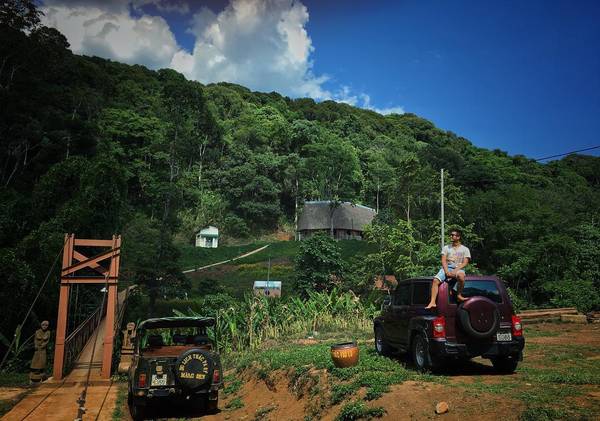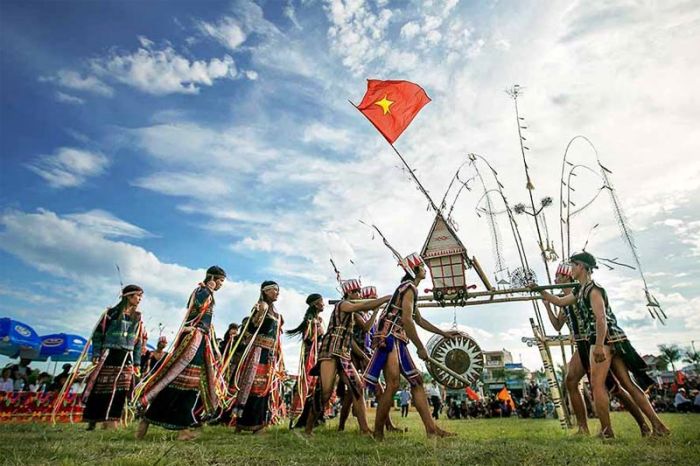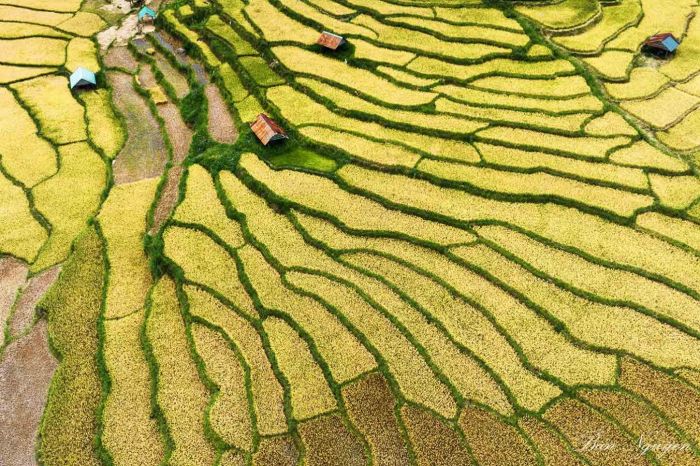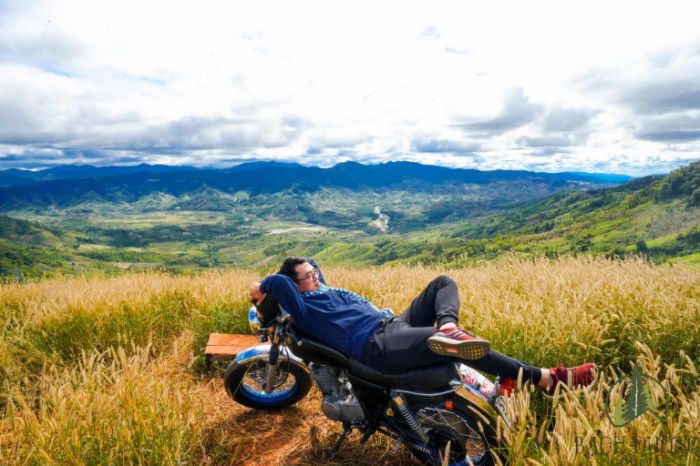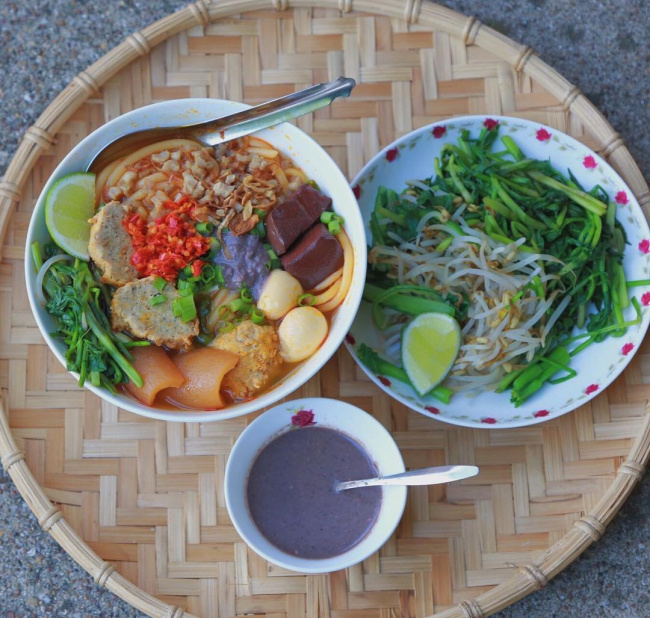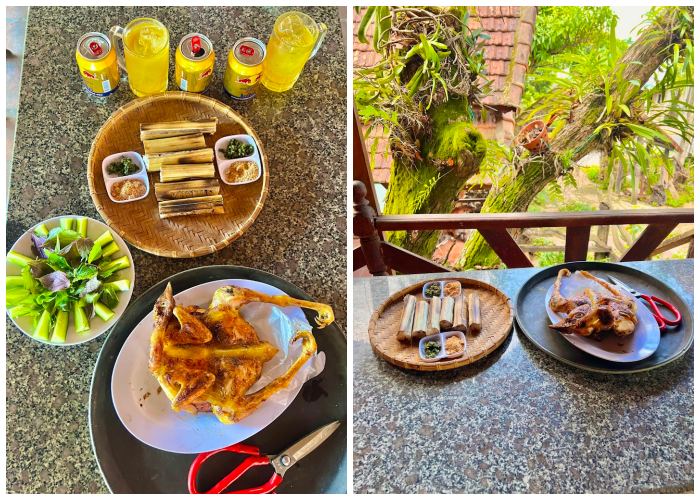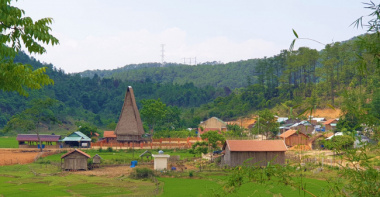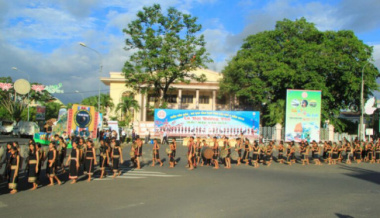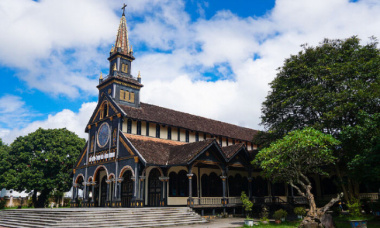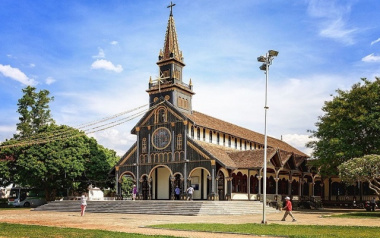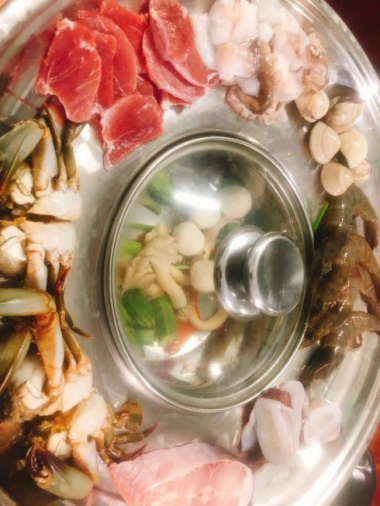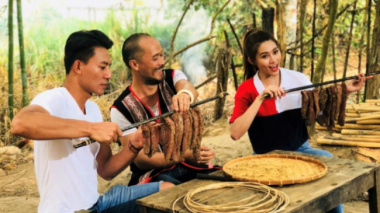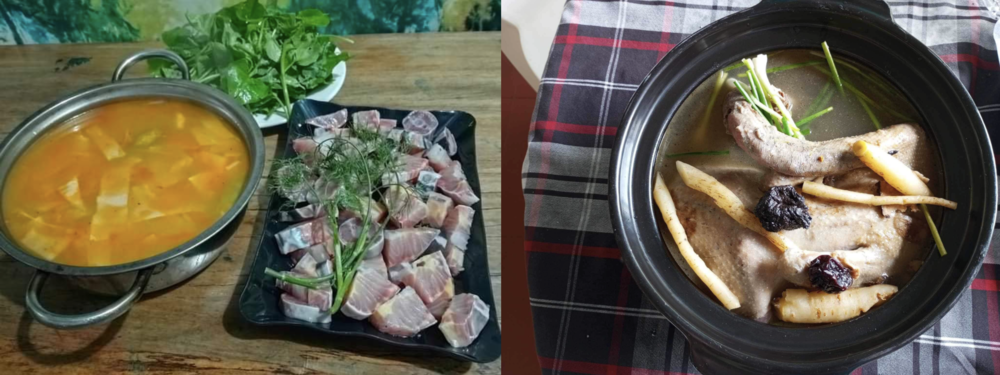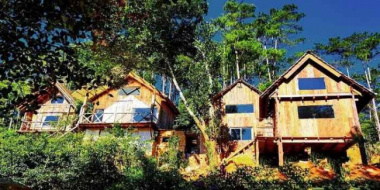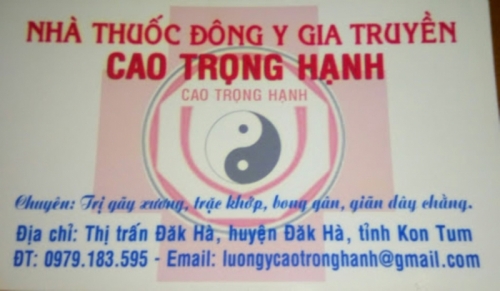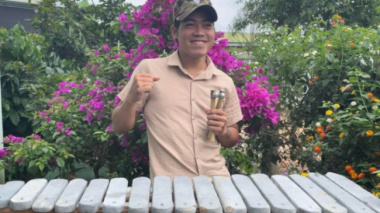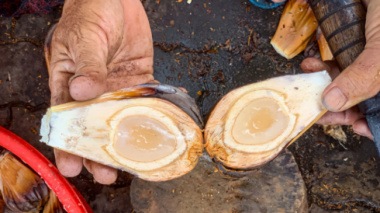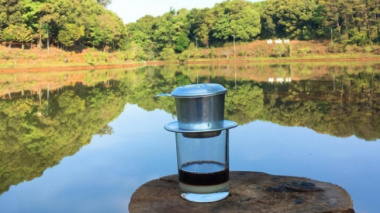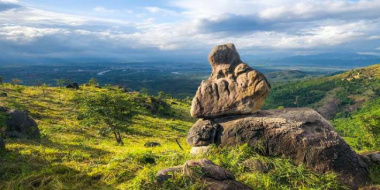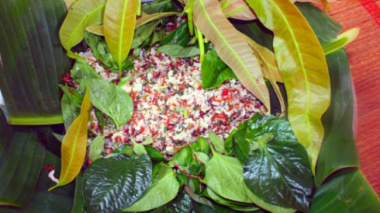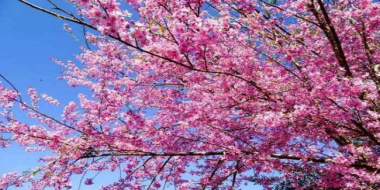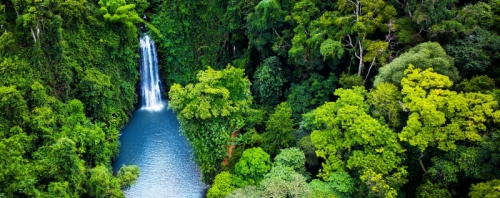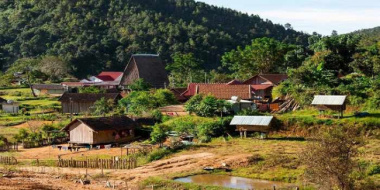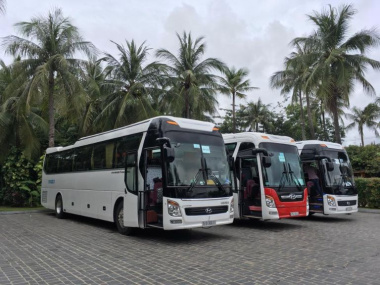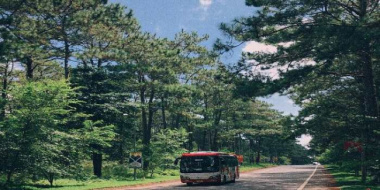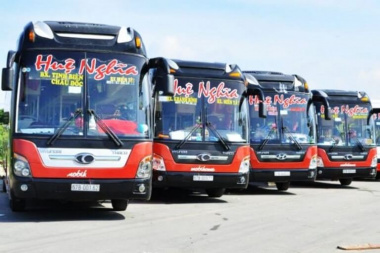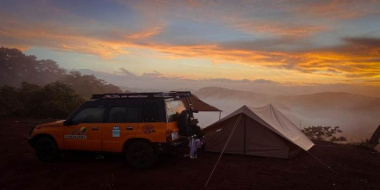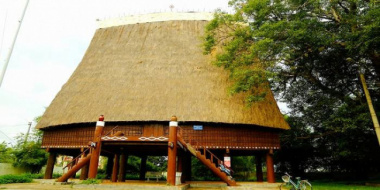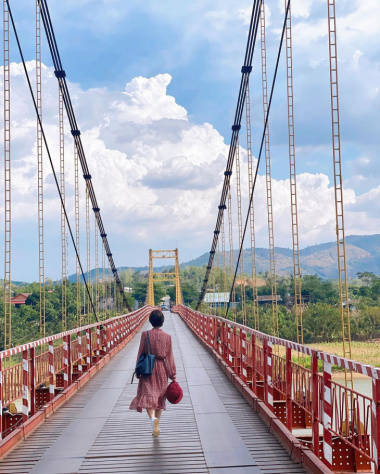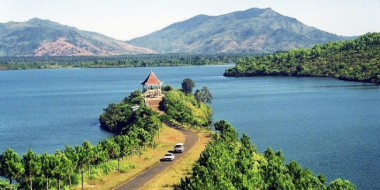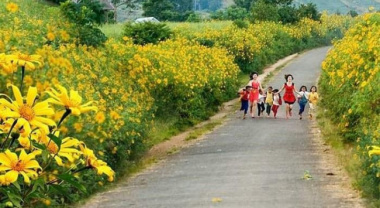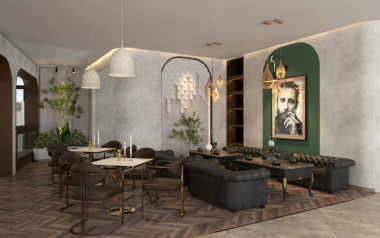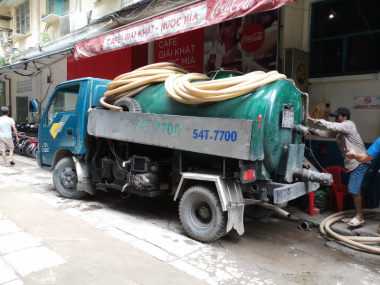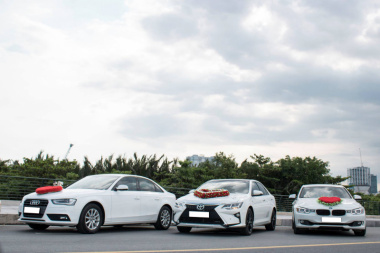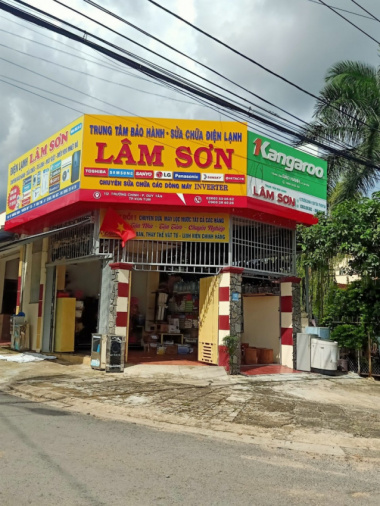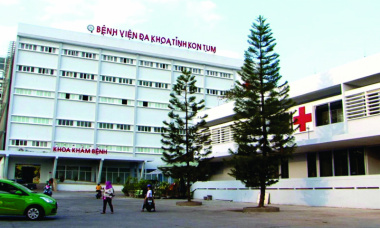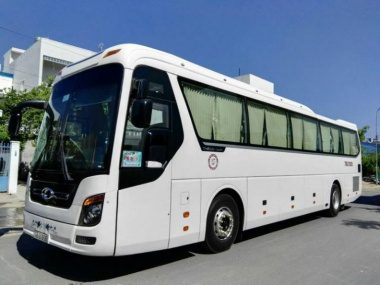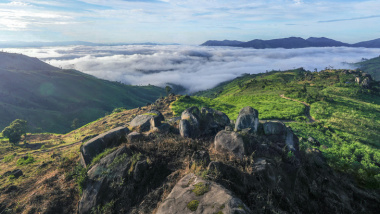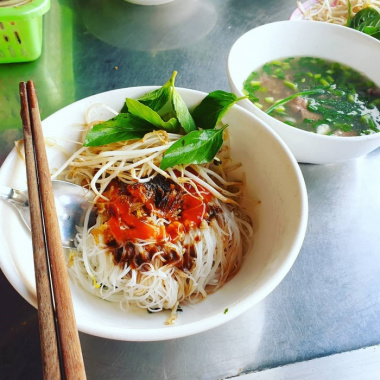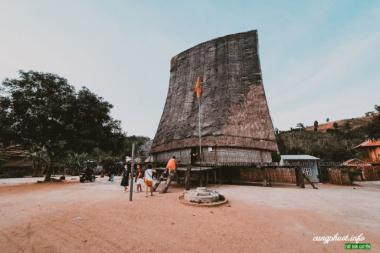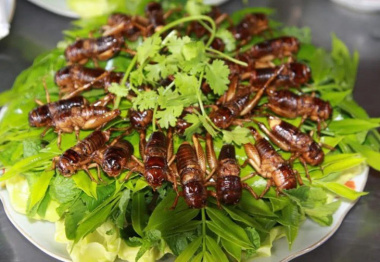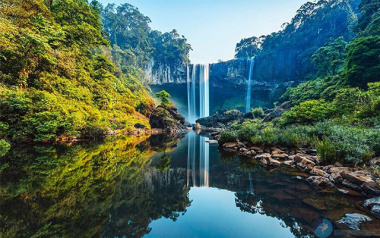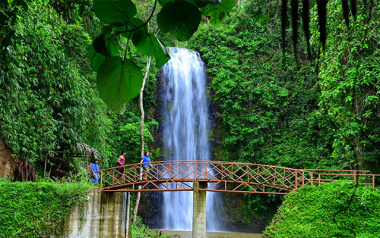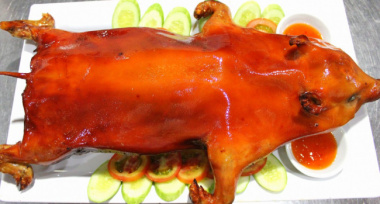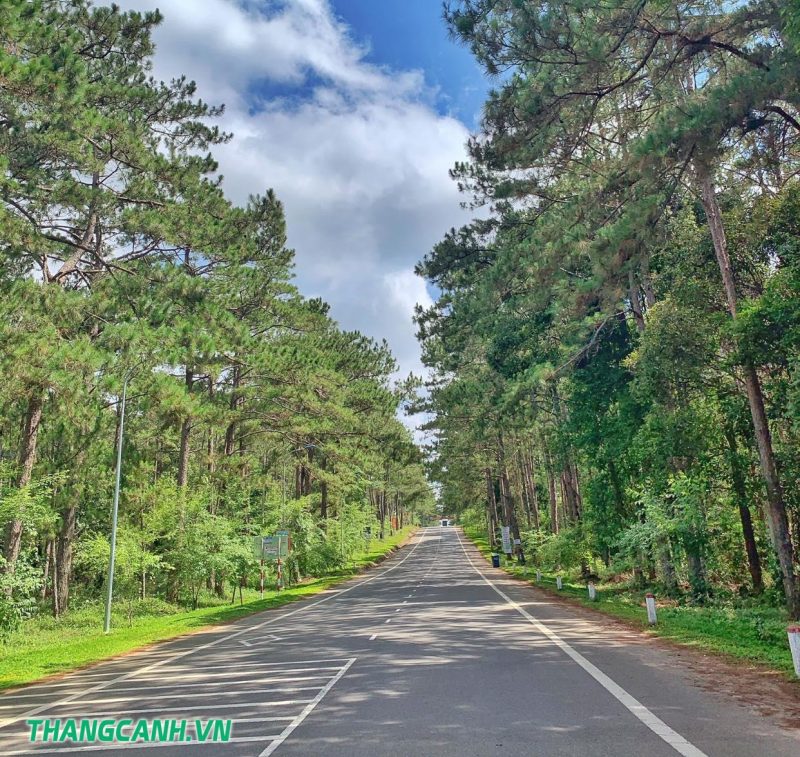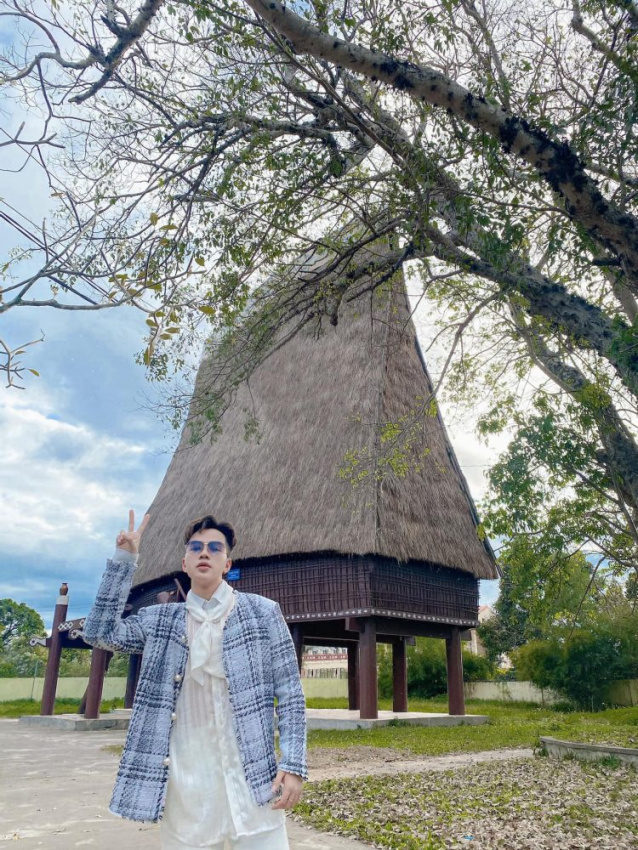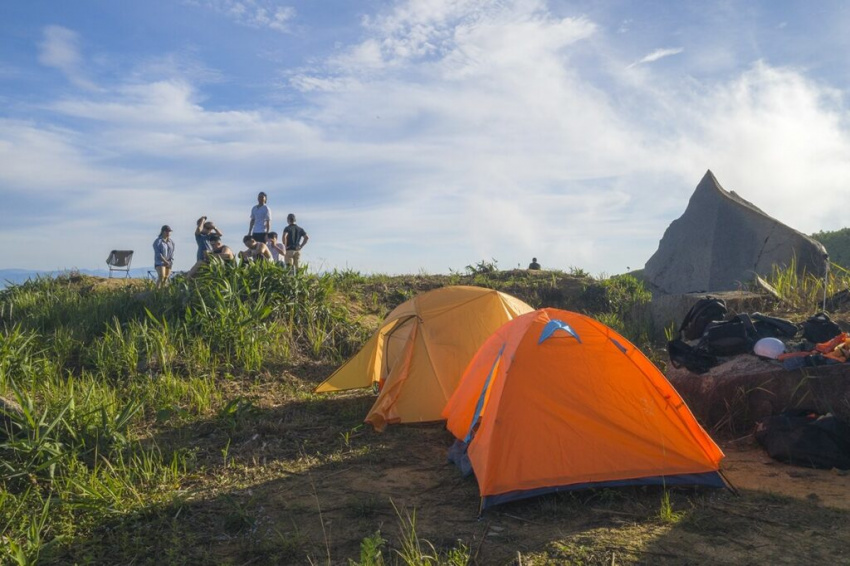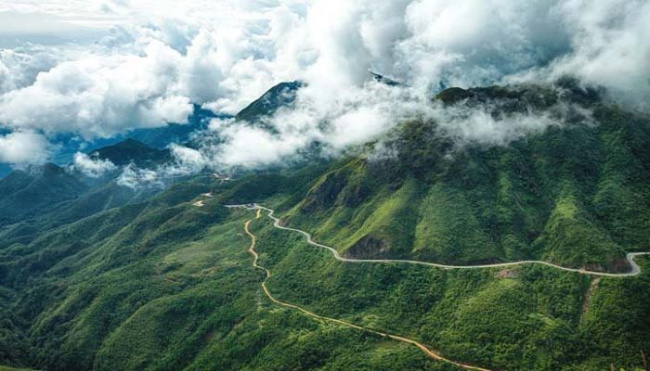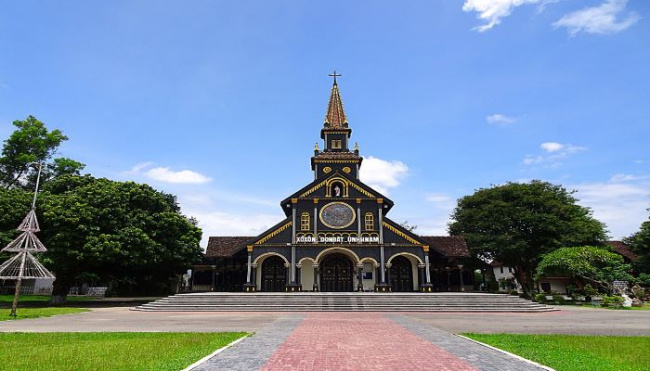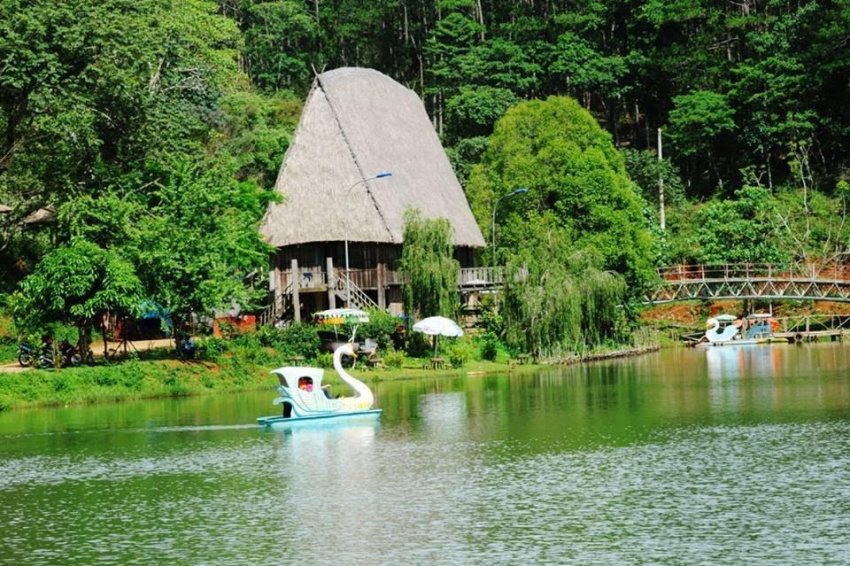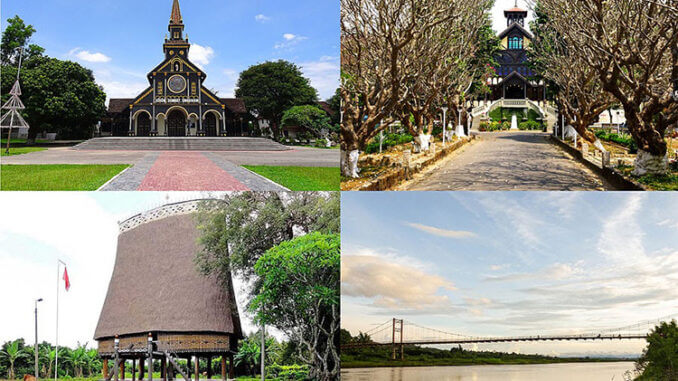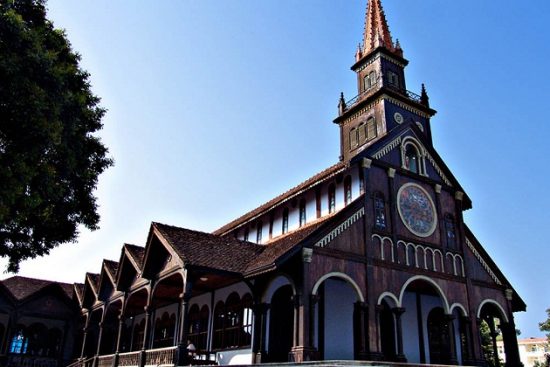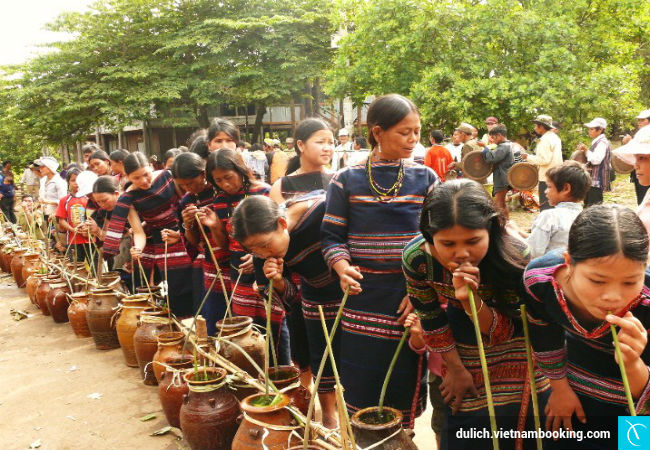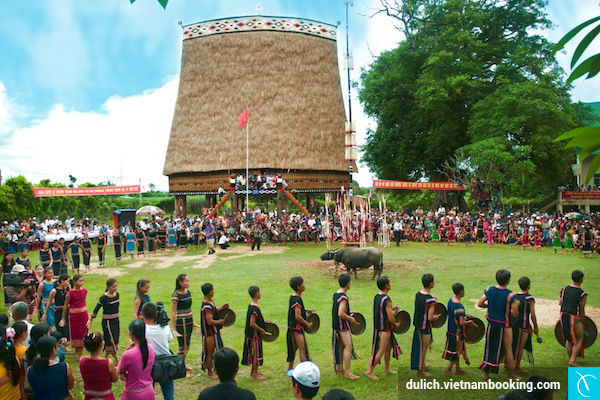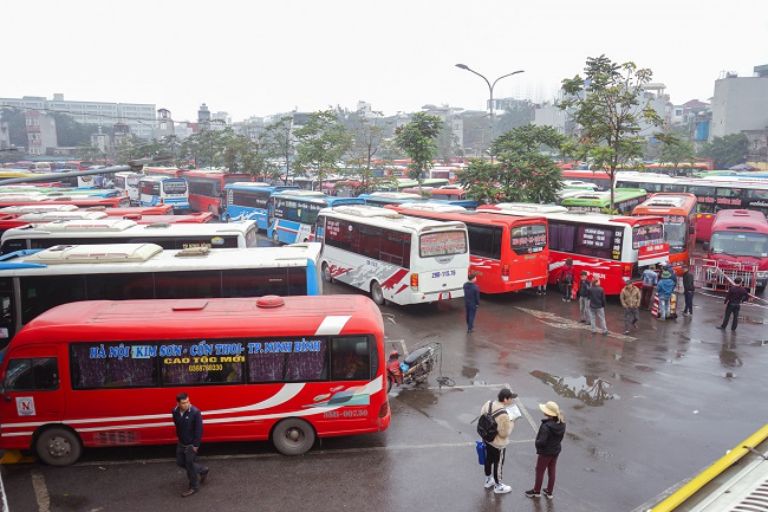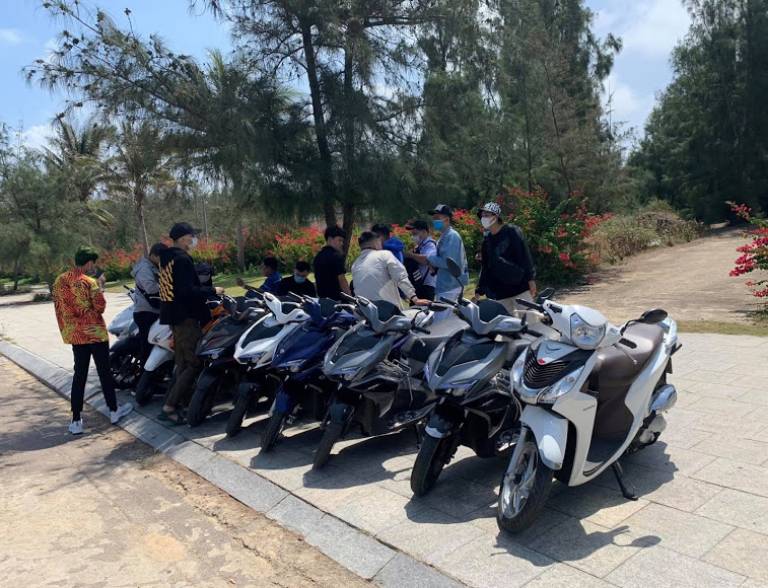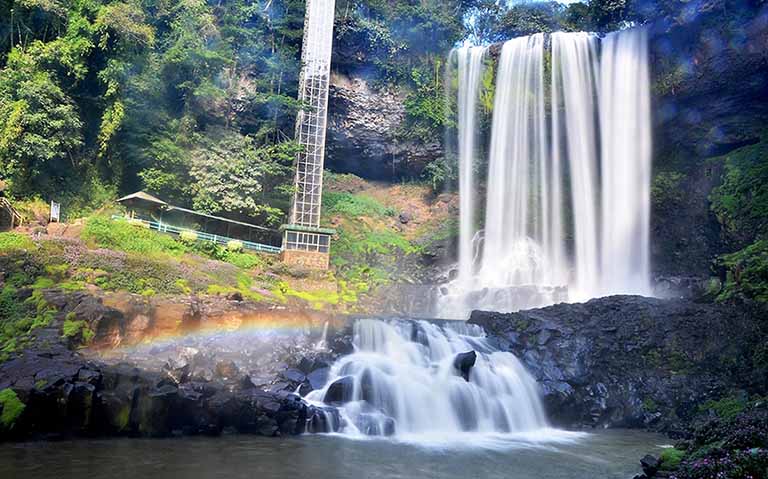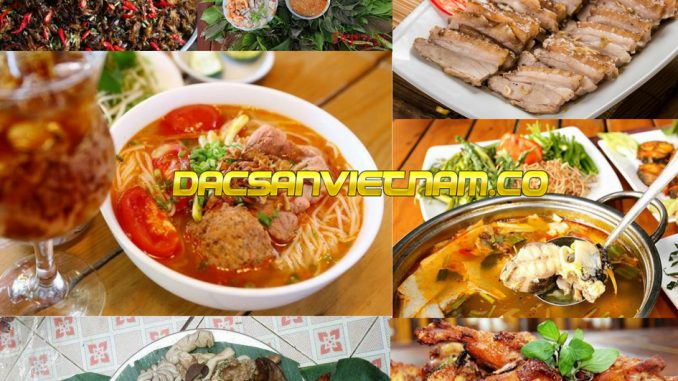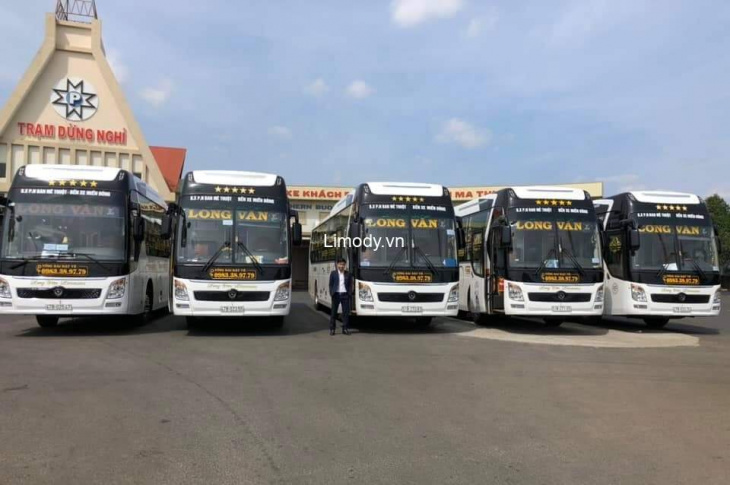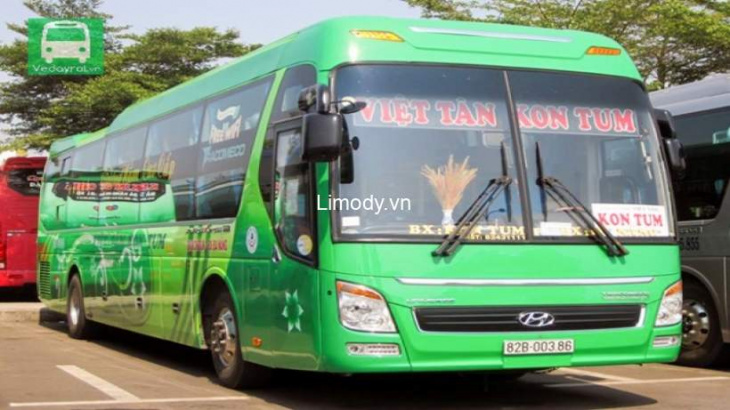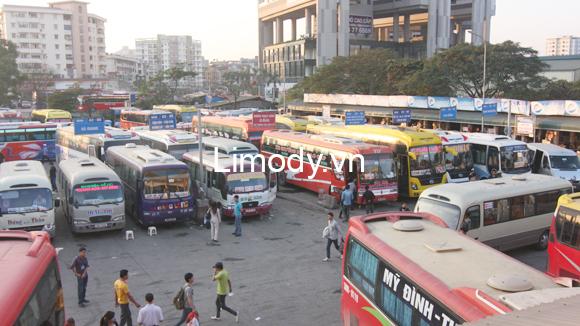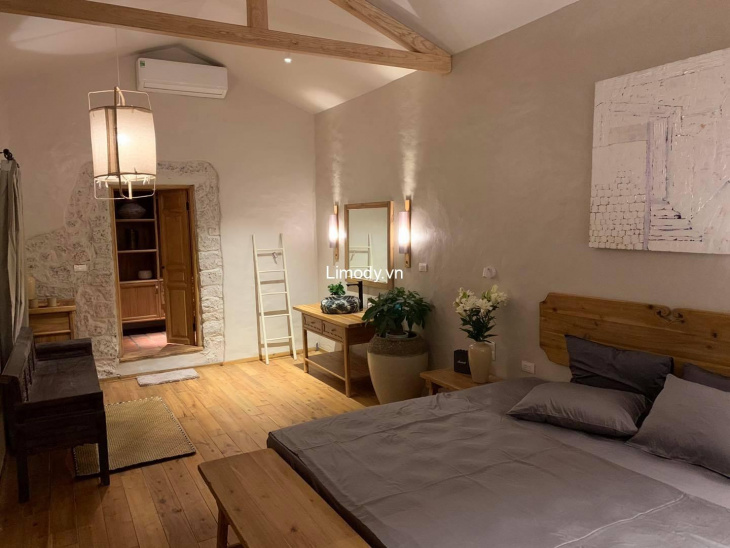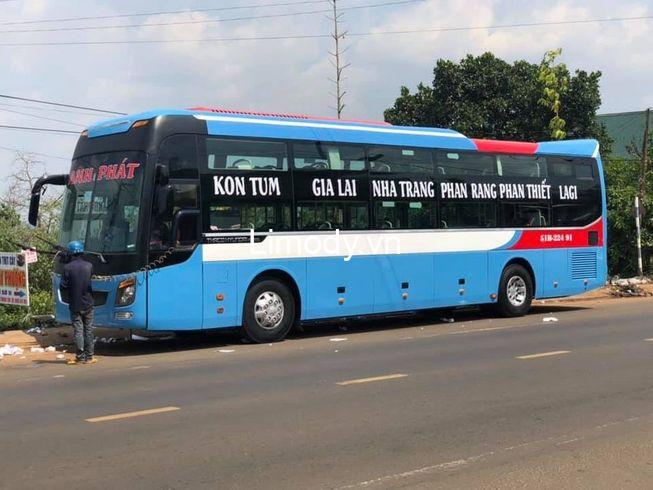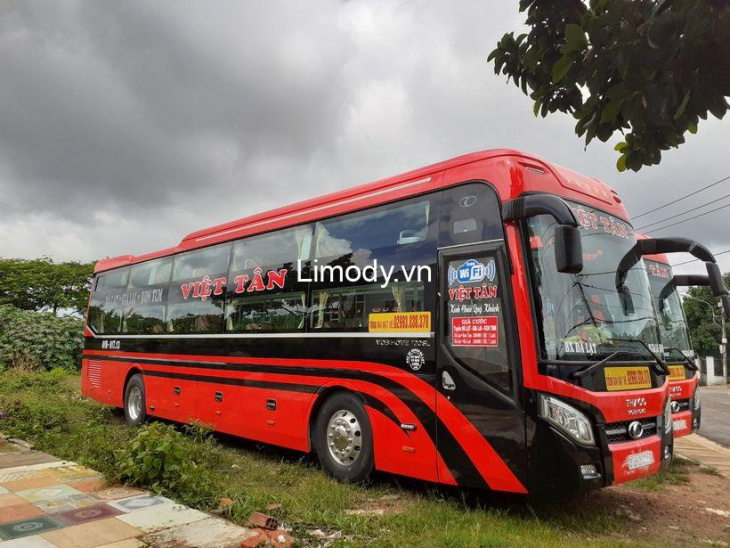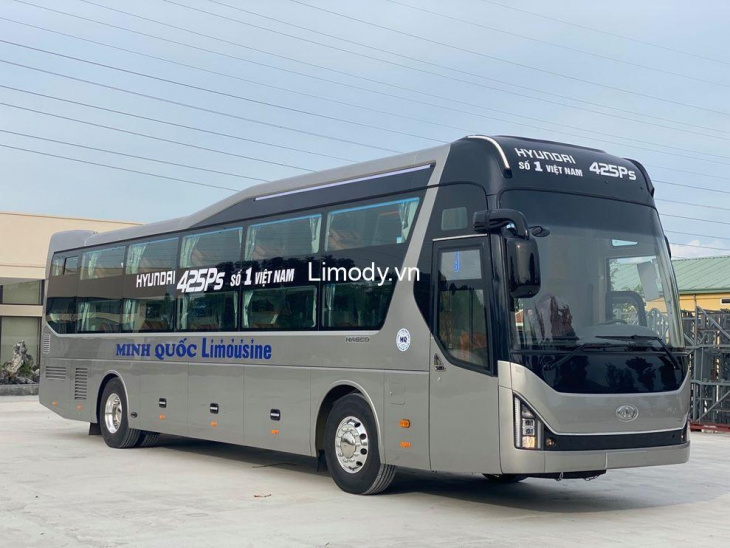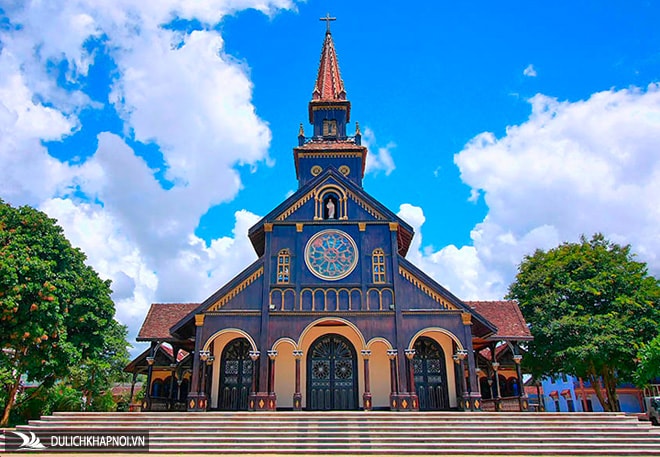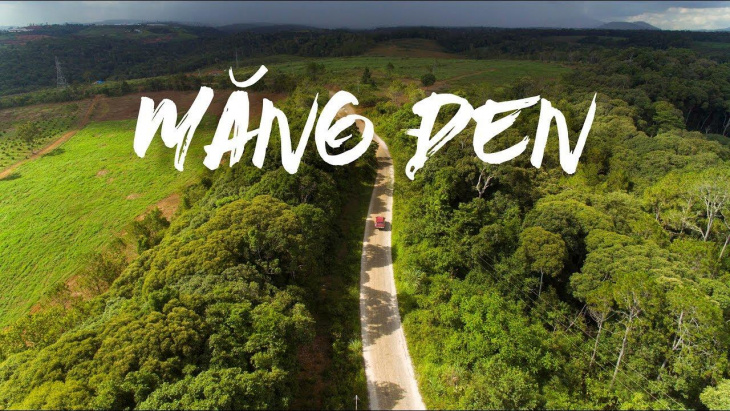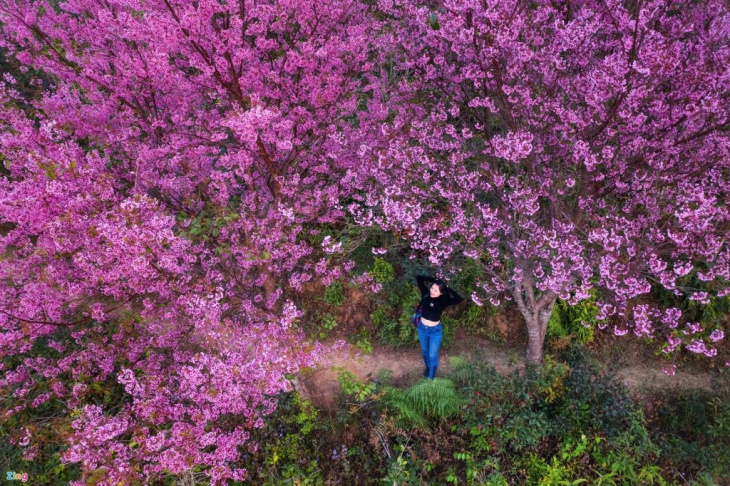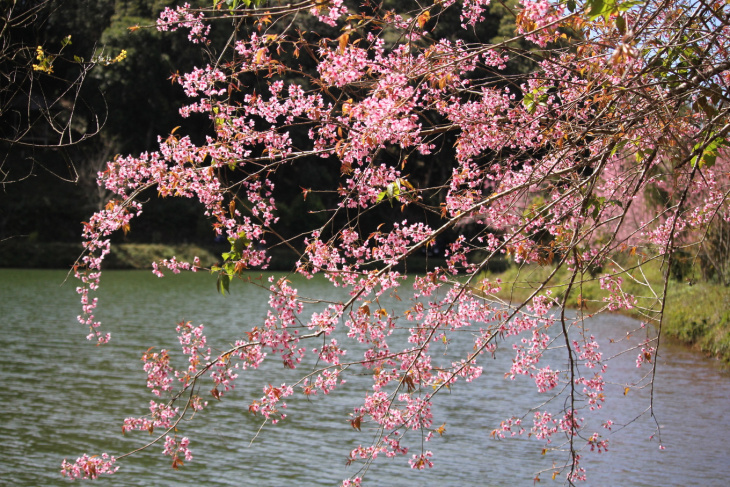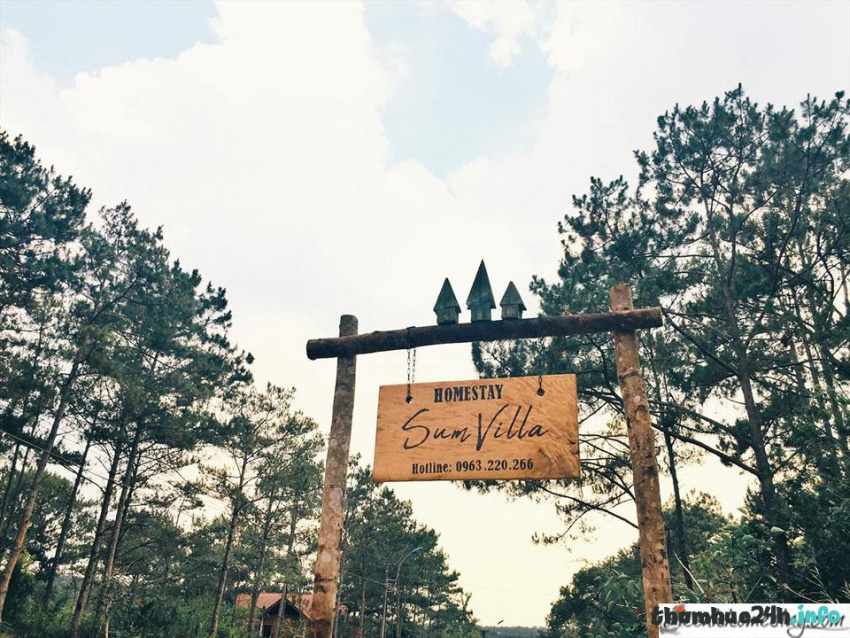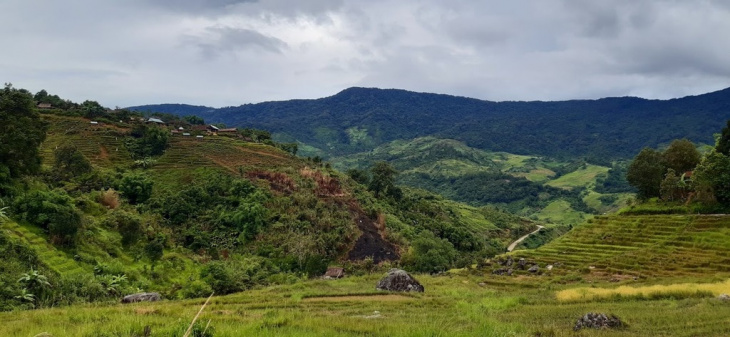Kon Tum Province, Vietnam
- How to Get to Kon Tum
- Capital City
- Famous Places in Kon Tum
- Mang Den Town
- Kon Klor Village
- Kon K’tu Village
- Main Attractions
- Chu Mom Ray National Park
- Kon Klor Bridge
- Ngoc Linh Mountain
- Dak Che Waterfall
- Special Events
- Activities Near Kon Tum Province
- Latest in Kon Tum Province
- Kon Tum Province, Vietnam
- Chu Mom Ray National Park – Kon Tum Province
Bordering both Laos and Cambodia is Vietnam’s Kon Tum Province. A part of the Central Highlands region of the country, the economy is mainly based on agriculture. Landscapes in Kon Tum vary from mountainous regions to lowland forests. And while the area is quite beautiful, the province attracts few visitors.
However, smaller crowd sizes have their perks, and those who do visit Kon Tum are rewarded with quiet scenes in Vietnam’s beautiful rural landscapes. The laid-back pace throughout the province is a world apart from big cities like Hanoi, but the peacefulness of Kon Tum might be just what a traveler needs to reset.
How to Get to Kon Tum
The Kon Tum Province is the farthest north that one can go while still staying in Vietnam’s Central Highland Region. A large province, Kon Tum covers 9.674.5 sq km (3,735.5 sq mi). Almost at exactly the midpoint of Kon Tum’s western border, the tripoint between Vietnam, Laos, and Cambodia is established.
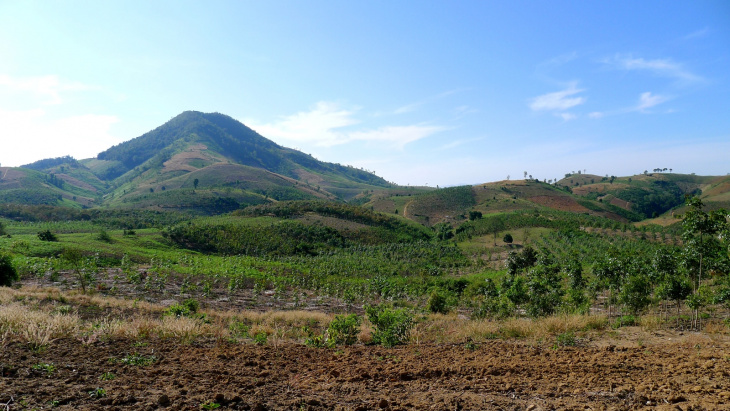
Mountain landscape in the Kon Tum Province. Photo by: Gavin White.
While it may seem like the international connectivity would boost Kon Tum’s popularity, it is often overlooked for other destinations like Dà Lat, which is about 9 hours to the south. One reason why tourism is slower in Kon Tum is because of the province’s location. Not quite at the midway point between HCMC and Hanoi, most sizeable urban areas are still far away.
HCMC is closer, but it would still take a traveler nearly 12 hours to drive between the two cities. There are no direct flights between HCMC and the closest airport is still an hour to the south in Pleiku. Most tourists to Kon Tum will be road-tripping throughout Vietnam, rather than traveling directly to the province for a vacation.
History
Beginning with its name, Kon Tum’s history has been traced back to the Bahnar ethnic group. Sometimes call Ba-Na, the Bahnar live mostly in Vietnam’s Central Highlands and coast. In the Bahnar language, Kon Tum means “village pool”. Originally, Kon Tum was written with traditional Vietnamese characters, but in the 1920s, the country adopted the modern Vietnamese alphabet.
Perhaps the most surprising part of Kon Tum’s history is the battle that occurred during the Vietnam War. Shattering the image of the peaceful Kon Tum that exists today, the Battle of Kon Tum lasted from May to June 1972. A key strategic area, Northern Vietnam wanted control of this region, and in a bid to end the war faster, they began the Easter Offensive.

Kon Tum Market – 1969. Photo: TommyJapan1
Attacking key cities in the south, the Northern Armies were desperate to gain more territory. While Kon Tum was defended by the South Vietnamese and US armies, conflicts in the surrounding area forced Montagnard refugees to flee. Amongst the increase of refugees, the battle still raged on, with heavy casualties coming from B-52 airstrikes.
Ultimately, the Northern Vietnam forces were unsuccessful in their bid to capture Kon Tum, and remnants of the war are still present in the province. Regardless of its war-torn history, Kon Tum is a beautiful province where the locals now thrive. Visitors can tour many historical sites or partake in a little eco-tourism, especially since Kon Tum’s landscape is so diverse.
Fun Facts
- There are 10 districts, 6 towns, 83 communes, and 10 wards in the Kon Tum Province.
- The three largest ethnic groups living in Kon Tum include Vietnamese, Xo Dang, and Bahnar.
- An estimate completed in 2018 gave the total population as 528,043 people living in Kon Tum.
Capital City
A historic city, the provincial capital is also called Kon Tum. Situated near the southern border of the province, Kon Tum City was heavily reconstructed during the period of French colonization. Throughout, European architecture can be found from the Roman Catholic wooden church to the French-style seminary. The mesh of architectural styles gives Kon Tum City a unique character.
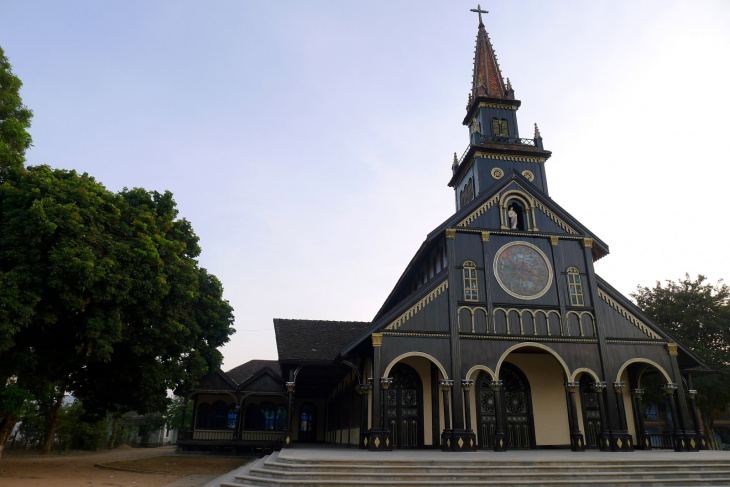
Roman Catholic wooden church in Kon Tum City. Photo by: Gavin White.
Surprisingly, many of these French-built dwellings survived the Vietnam War. Apart from foreign influences, Kon Tum is a culmination of Vietnam’s ethnic culture. Numerous ethnic groups have lived and continue to live in the province today, such as the Bahnar and Xo Dang, giving Kon Tum its charm and uniqueness.
Throughout the city, there are cultural sites and communities that visitors can day tour or stay overnight. Most of the tourist activities in Kon Tum City are focused on the area’s history and architecture.
With a small-town feel, Kon Tum City’s best attractions are the Cathedral of Kon Tum Diocese, the Kon Tum Museum, Bishop of Kon Tum’s Building, and the Nhà Rông Konklor Kon Tum House. All these sites are open daily to tourists and a few have tour guides available to make the experience more enjoyable.
As the largest city in the province, there are quite a few small hotels for guests to stay in during their trip. While some places are better rated than others, visitors will find that almost all of the accommodations are comfortable and affordable. The best hotels in Kon Tum City are the Hong My Hotel, Window Hotel, Konklor Hotel, and the Villa Hotel-Homestay.
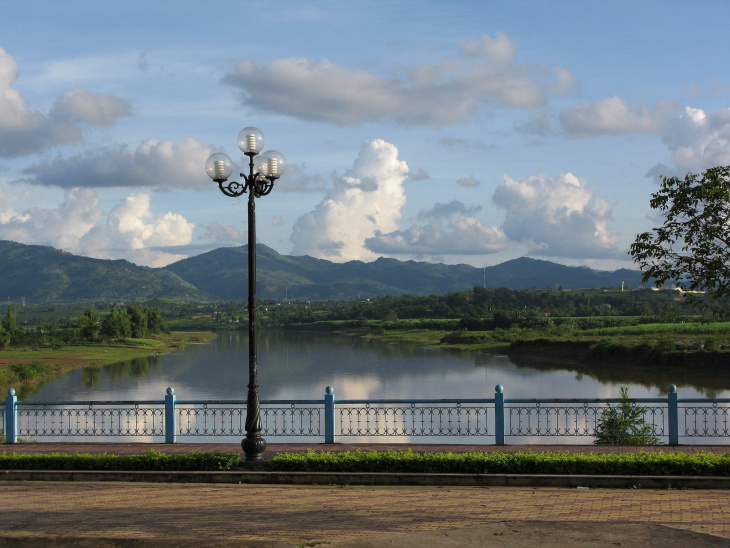
Dak Bla River – Kon Tum City. Photo: Phó Nháy (talk)
Since most accommodations are smaller in size, there may not always be a restaurant on-site, however, travelers need not worry since Kon Tum City has good places to eat throughout. Serving Vietnamese classic dishes and Western-influenced cuisine, the city’s best restaurants are the Pizza Bêp Nhà Kon Tum, Bánh Mì Kim Chi, and the Kichi Kichi Vincom Plaza Kon Tum.
Famous Places in Kon Tum
Beyond Kon Tum City, there are a few smaller communities that have attracted the attention of tourists. Tight-knit but friendly to visitors, travelers should head off the beaten path to see the natural and historical sites in Mang Den Town, Kon K’tu Village, and the Kon Klor Village. Popular activities in these destinations include hiking, sightseeing, and interacting with the local people.
Mang Den Town
A forested part of the Kon Tum Province, Mang Den, nicknamed the “Second Dà Lat”, is emerging as a must-see tourist destination. Tourists can get up close with nature as they explore the pine forests and waterfalls. In direct contrast to the city, Mang Den is a peaceful place with few crowds. Even during the holidays, Mang Den provides a quiet escape for weary travelers.
Kon Klor Village
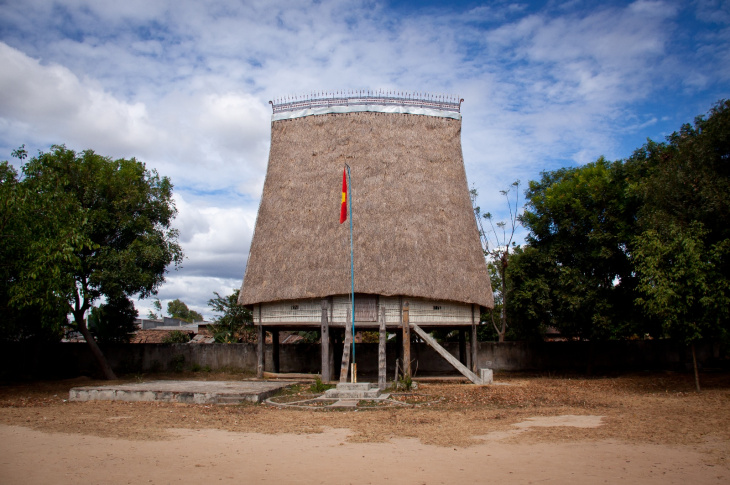
The Nha Rong House in the Kon Klor Village. Photo by: ChrisGoldNY.
Home to the famous Nha Rong communal house, the Kon Klor Village is one of the busiest tourist places outside of the capital. A large stilt house, Nha Rong acts as a community and cultural center for various ethnic groups in the area. Typically, Nha Rong House is a quiet space, however, it comes to life during times of celebration when elaborate ceremonies are performed by locals.
Kon K’tu Village
The Kon K’tu Village is the oldest home of the Bahnar ethnic group, who have lived in the area for hundreds of years. Developed for tourism, the village still honors its ethnic roots and travelers can interact with locals to learn about their lifestyle and traditions. Living in stilt houses, travelers can arrange to homestay with a local family or hire a guide to explore the area.
Main Attractions
Kon Tun is predominantly a rural province. Without the interference of big city noises and crowds, travelers will be able to relax and take in Kon Tum’s wonderous landscapes. The most popular attractions in the Kon Tum Province are the Chu Mom Ray National Park, Kon Klor Bridge, Ngoc Linh Mountain, and the Dak Che Waterfall.
Chu Mom Ray National Park

View from Chu Mom Ray National Park in the Kon Tum Province, Vietnam. Photo by: Gavin White.
An underrated gem, not many travelers are aware of Chu Mom Ray National Park. Remote and truly wild, the park boasts an impressive level of biodiversity. Amongst lush forests, park visitors will have the chance to view some of Vietnam’s rare and endangered species like elephants, tigers, and leopards. The national park is about 32 km (20 mi) outside of Kon Tum City.
Kon Klor Bridge
A suspension bridge that leads to the Kon Klor Village, this spot has become a small destination for travelers in the area. Not overly large in scale, the bridge has relatively little traffic, which allows people to take the time to enjoy the view. Only a few cars are allowed to cross the bridge at a time, but travelers can also choose to walk or bike across the bridge too.
Ngoc Linh Mountain
The natural border between the Kon Tum and Quang Nam Provinces, Ngoc Linh Mountain is a popular destination for ecotourists who are looking to hike or camp out in the Vietnamese wilderness. Standing at 2,598 m ( 8,523.6 ft) tall, the trail to the summit is challenging. Most trips take about 2 days, but with the help of a local guide, travelers can turn it into an adventure.
Dak Che Waterfall
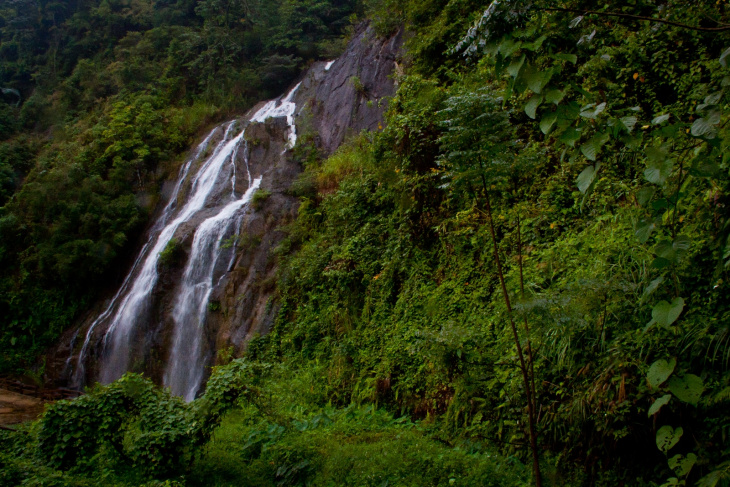
View of the Dak Che Waterfall in the Kon Tum Province, Vietnam. Photo by: ChrisGoldNY.
Nested in the Dak Man District in Kon Tum, the Dak Che Waterfall takes visitors far from the beaten path. Cascading down from a rocky cliff, the waterfall is crossed by a bridge and stream. Visitors on the road can stop at the bridge to view the falls or head onto a side path to get up close to the water.
Special Events
A large part of Kon Tum’s culture comes from the ethnic people and their festivals, which honor old traditions. There are numerous events throughout the year, but the most vibrant are the Rice Festival, Rong House Festival, and the Puh Ho Drih Festival. The Rice Festival is a small-scale event, but it is very special to the local community.
Hosting a sacred ceremony and cultural activities, the festival is held in late October and has two phases. Beginning with eating new rice at home locals, locals then head to the Rong House to share new rice amongst the community. While foreigners may be hesitant to join, all are welcome to celebrate the Rice Festival in Kon Tum.
Another festival held at the Rong House that does not have an annual date celebrates the Gie Trieng ethnic people. The festival includes the sacrifice of a buffalo, which villagers share amongst themselves, as well as big celebrations of dance and song.
Finally, held during November and December of every year, the Puh Ho Drih Festival occurs after the crops have been harvested. Villagers host the festival to ask about their well-being and health in the new year. With songs, dances, and drinks, the festival also helps preserve the local traditions and beliefs for Kon Tum’s next generation.
Weather
Kon Tum has two weather seasons throughout the year – wet and dry. The dry season can make traveling difficult because of the heavy rains and high humidity. For these reasons, many travelers choose to visit Kon Tum during the dry months. October to March are the driest and coolest months of the year in Kon Tum. With gentle weather, these months are the best time to visit.
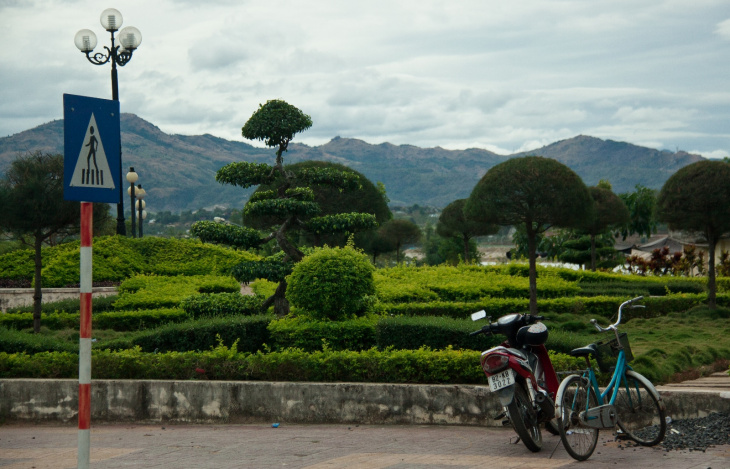
Public park in Kon Tum City, Kon Tum Province, Vietnam. Photo by: ChrisGoldNY.
A lesser-known destination in Vietnam, Kon Tum Province is perfect for adventure travelers and ecotourism enthusiasts. Featuring pristine landscapes and quiet communities, Kon Tum charms with its laid-back vibes. Relatively unknown, tourism is sure to increase in the coming years as more travelers learn about this secret gem.
Activities Near Kon Tum Province
National Park:
Towns:
Latest in Kon Tum Province

Kon Tum Province, Vietnam
Bordering both Laos and Cambodia is Vietnam’s Kon Tum Province. A part of the Central Highlands…
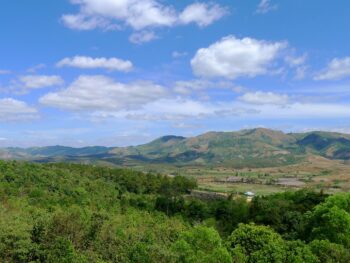
Chu Mom Ray National Park – Kon Tum Province
Hidden deep within the interior of Vietnam’s Central Highlands area, Chu Mom Ray National Park is…
View more Kon Tum Province articles
Đăng bởi: Vũ Thành Trung

